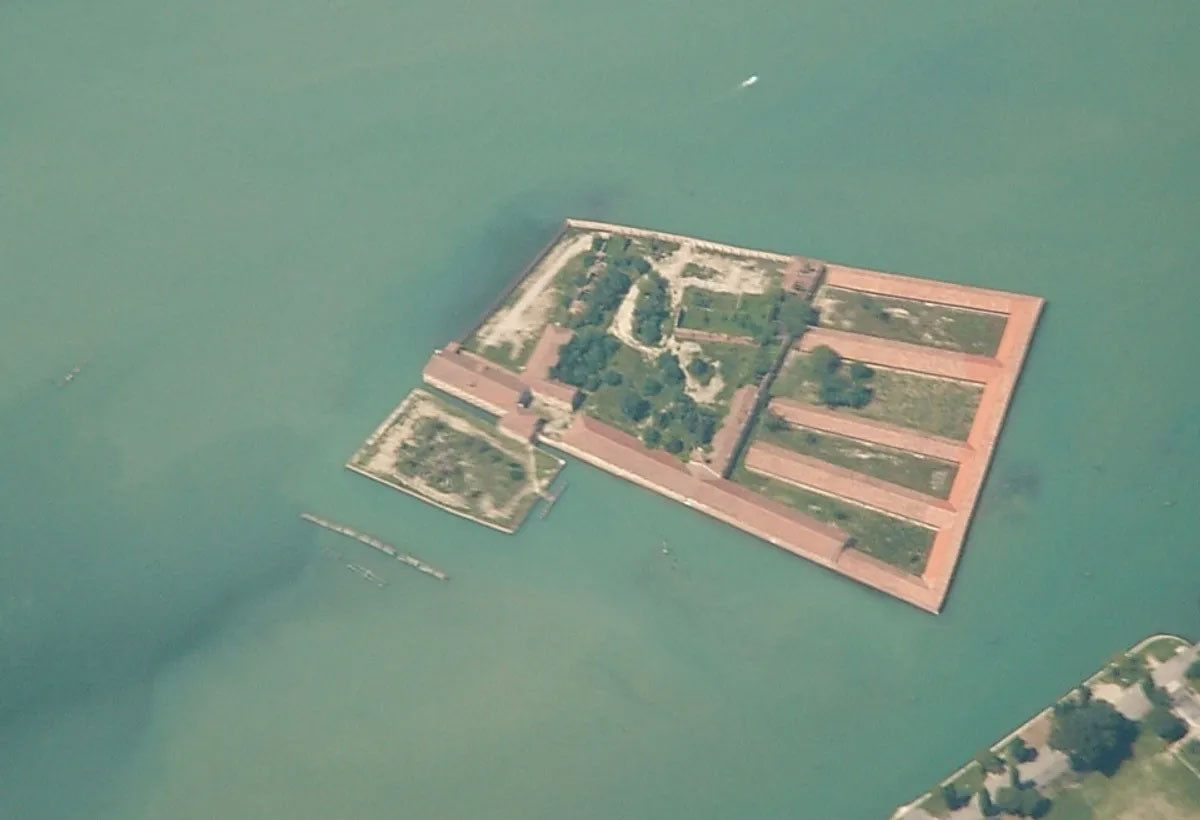Very close to Venice’s romantic canals sits a rectangular island with a dark and strange history. The building on this island, called the Lazzaretto Vecchio or the Old Lazzaretto, was built during the Renaissance to isolate the plague-infected patients.
Learning from the Black Plague a century ago, the quarantine colony was founded in 1423 and continued to serve the Venetians through various waves of plague in the 16th and 17th centuries. Thousands of people died here over the centuries, and their skeletons remained in numerous mass grave sites across the 2.53 hectares of land.
As a bustling commercial center, Venice was particularly vulnerable to the emerging and spreading contagious epidemics. One of the worst epidemics occurred in 1630; It destroyed a third of the population of Venice and Bologna, causing hundreds of deaths every day.
This epidemic was so severe that some historians believe it played an important role in the disgrace of Venice as a Renaissance superpower.

At the peak of its use, hundreds of city officials ruled the island. Although medical knowledge was scarce at the time, staff practiced a fairly good standard of hygiene. The rooms were often ventilated and cleaned with salt water and the fumes of herbs. After people touched anything contaminated, they washed their hands with vinegar, which was acidic enough to kill some germs.
In a recently launched study, an interdisciplinary group of researchers from the University of South Florida took a close look at nearly 900 plague-infected people buried on the island over three centuries.
These investigations provided a unique insight into how the pathogen evolved and managed to remain a recurring threat to the Republic of Venice.
“This is the first time we’ve been able to study the co-evolution of pathogens and humans unhindered by rapid mutations of modern viruses or the presence of vaccinated humans,” said Robert Tykot, professor of anthropology at the University of South Florida.
Rays Jiang, an associate professor of public health at the College of Public Health, said: “This unique quarantine island may contain devastating plague pathogens, an emerging syphilis pathogen, and an animal-emerged anthrax pathogen. “For the first time, it captures multiple pathogens that have coexisted in human populations for three centuries.”